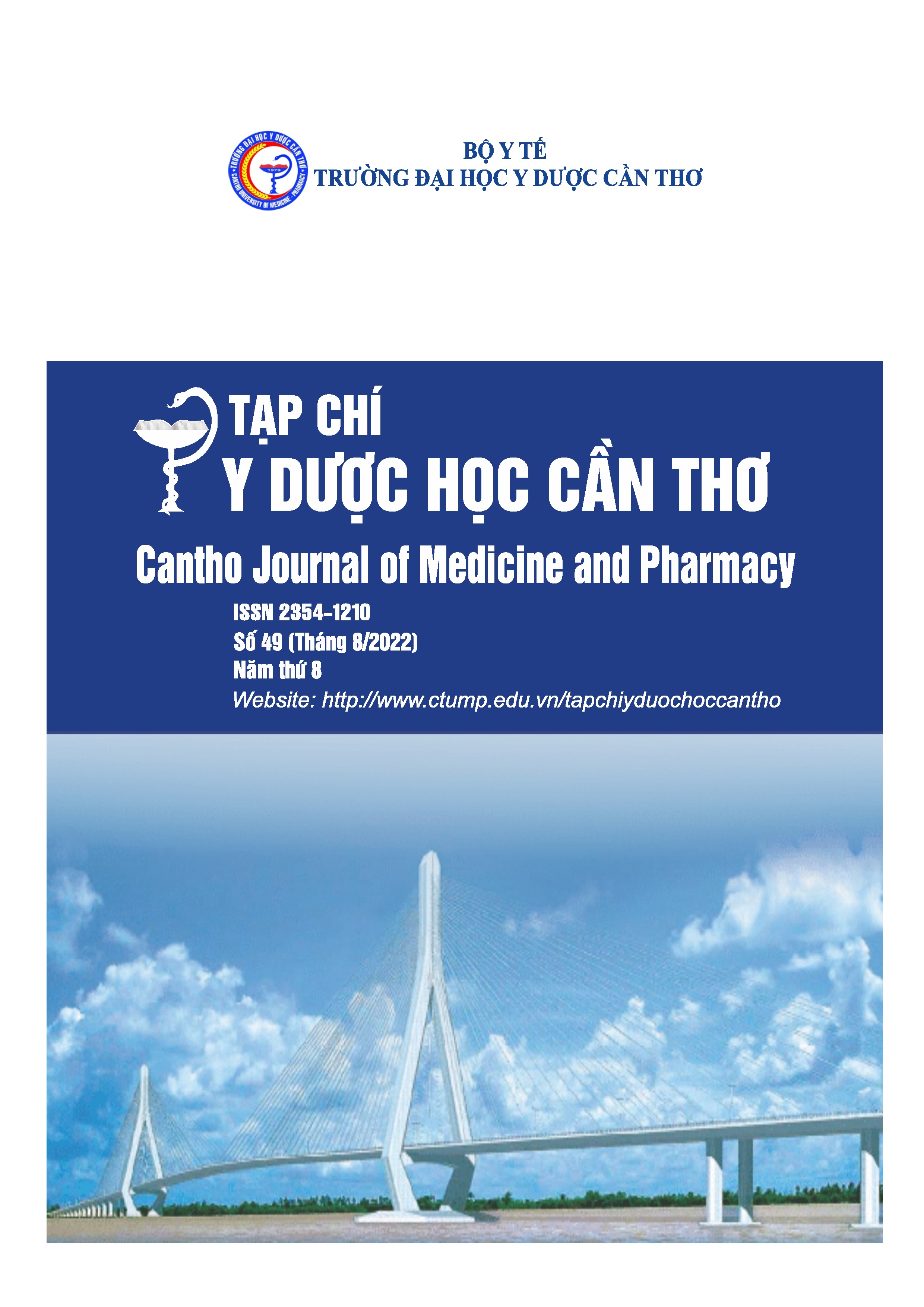MORPHOLOGICAL ANALYSIS OF CEMENTOENAMEL JUNCTION TYPES IN PREMOLARS
Main Article Content
Abstract
Background: Cementoenamel junction is a boundary representing the transfer of the inner dentin protective material between the enamel overlapping the crown and the cementum overlapping the root. It is an important reference point in clinical dentistry as well as in dental radiography. Objectives: To observe the correlation between the enamel, dentin, and cementum at the cementoenamel junction of the premolars. Materials and methods: The cervical region of ground sections of 40 premolars that had been extracted for orthodontic reasons were analyzed using transmitted light microscopy to identify which of the following tissue interrelationships. Research variables include correlation between cementum and dentin, types of correlations between the lingual and buccal surface as well as the maxillary and mandibular arches. Results: Cementum overlapping enamel is the most common type (39.13%), followed by an end-to-end approximating cementoenamel junction (36.23%), next to that is the absence of contact between enamel and cementum and revealing a strip of exposed dentin (17.39%) and the rarest type is cementum overlapped by enamel (7.25%). There were no significant differences in correlations between the lingual and buccal surface, and between the maxillary and mandibular (p>0.05). Conclusion: The distribution of mineralized tissues at the cementoenamel junction was varied and unpredictable. Cementum overlapping enamel correlation is the most popular type. It revealed no statistically significant differences in correlations between lingual and buccal surface, maxillary and mandibular. A good understanding of the morphological variations at the cementoenamel junction area is very important and this area should be handled carefully during routine dental procedures such as dental bleaching, orthodontic treatment, placement of rubber dam, and placement of dental materials.
Article Details
Keywords
cementoenamel junction, ground section teeth, morphology, premolar
References
2. Arambawatta K., A. Abeysundara, D. Ihalagedera, et al. (2021), “Morphological analysis of cementoenamel junction in premolars of Sri Lankans”, Anat Sci Int, 96(4), pp.509-516.
3. Arambawatta K., R. Peiris, D. Nanayakkara (2009), “Morphology of the cemento-enamel junction in premolar teeth”, J Oral Sci, 51(4), pp.623-627.
4. Ceppi E, S. Dall'Oca, L. Rimondini, et al. (2006), “Cementoenamel junction of deciduous teeth: SEM-morphology”, Eur J Paediatr Dent, 7(3), pp.131-134.
5. Chiego Daniel J (2018), Essentials of Oral Histology and Embryology E-Book: A Clinical Approach, Elsevier Health Sciences, pp.1-280.
6. Choquet (1899), “Note sur les rapports anatomiques existant chez l'homme entre l'émail et le cément”, L'odontologie, 8, pp.115-125.
7. Esberard R, R. R. Esberard, R. M. Esberard, et al. (2007), “Effect of bleaching on the cementoenamel junction”, Am J Dent, 20(4), 245-249.
8. Hug H. U, M. A. van 't Hof, A. J. Spanauf, et al. (1983), “Validity of clinical assessments related to the cemento-enamel junction”, J Dent Res, 62(7), pp.825-829.
9. Lang Niklaus P, Jan. Lindhe (2015), Clinical periodontology and implant dentistry, John Wiley & Sons, 2 Volume Set. pp.155-250.
10. Muller C. J, C. W. van Wyk (1984), The amelo-cemental junction, J Dent Assoc S Afr, 39(12), pp.799-803.
11. Neuvald L, A. Consolaro (2000), “Cementoenamel junction: microscopic analysis and external cervical resorption”, J Endod, 26(9), pp.503-508.
12. Schroeder H. E. (1991), The effects of furcation morphology on periodontal disease, Dtsch Zahnarztl Z, 46(5), pp.324-327.
13. Stošić Nenad, Stefan Dačić, Dragica Dačić-Simonović (2015), “Morphological variations of the cemento-enamel junction in permanent dentition”, Acta facultatis medicae Naissensis, 32(3), pp. 209-214.
14. Teodorovici P, Gianina Iovan, Simona Stoleriu, et al. (2010), “On the ratio among tough dental tissues at cervical level on various groups of teeth”, J Rom Med Dent, 14, pp.198-202.
15. Vandana KL, Ira Gupta (2009), “The location of cemento enamel junction for CAL measurement: A clinical crisis”, Journal of Indian Society of Periodontology, 13(1), pp.12-15.


